Don’t believe everything that you hear. There are plenty of myths that run rampant throughout the photographic community. Even the most experienced professionals have a handful of beliefs that simply aren’t true. Luckily, landscape photographer Nigel Danson has taken the time to dispel some of the most widespread falsehoods among professionals:
Here’s Danson’s in-depth take on some of the myths that most often keep photographers from taking better shots.
Myth 1: You need a tripod to shoot landscapes
Of course, a tripod can be extremely helpful if you plan to blend exposures or you’re in a situation where you need to use a slow shutter speed.
However, in many cases, having some degree of mobility offers photographers the freedom to adjust their composition and make a better picture. Only take your tripod out when you need it!
Myth 2: Always shoot in manual mode
It’s important to understand how aperture, ISO, and shutter speed work. However, cameras cost as much as they do because of their awesome automatic functions; there’s no reason not to take advantage of them. More often than not, aperture priority yields just as effective results as manual mode in a fraction of the time.
Myth 3: Always focus on the object you want to be sharp
This might be difficult for some to understand initially. But imagine, for a moment that you’re trying to get a photo that features two objects: one far in the distance and another that’s much closer to you. If you focus on the closer object, there’s a good chance the farther object will be out of focus even if you’re working with a fairly narrow aperture. However, if you throw your focus into infinity and hone in on the farther object, there’s a good chance that the closer object will still be in focus. Therefore, if you want a clearer overall image, it sometimes makes sense to set your focus farther into the distance rather than directly on the primary subject.
Myth 4: Photoshop is the only way to edit an image
Editing plays an important role in sculpting the final look and feel of your photograph. Whether or not you enjoy sitting at your computer, editing is a necessary evil. But knowing how to use Photoshop certainly isn’t a necessity. There are applications and software that are infinitely easier to understand and still allow you to do amazing things with your images. In fact, many professionals rely on Lightroom much more than they do Photoshop.
Myth 5: A full-frame sensor is a must-have
Full frames have the advantage of lower digital noise and a higher megapixel count. However, crop sensors also have advantages. For the same field of view, you’ll actually get a sharper image.
So long as you don’t anticipate making huge prints and getting really close up, crop sensors get the job done just as well as full frames.
Myth 6: Never put a horizon in the center of your composition
In photography, rules are meant to be broken. Many of us have the rule of thirds hammered into our heads early on, but the truth is you can make a great picture that doesn’t follow traditional guidelines. Instead, use your intuition to examine whether a composition is balanced and beautiful.
Myth 7: Good light = good photography
A gray overcast day may be a turn-off for some. However, the flat light that comes with clouds can get rid of problematic shadows. Often times, “bad” weather can offer something that’s a little bit different. Use the light that you have available to you effectively.
Myth 8: The “beginner” camera
It’s true that some cameras are cheaper than others. It’s also true that some cameras have less advanced capabilities than others. That being said, an amazing camera is not a necessity in making an amazing photograph. Don’t let the idea that your gear isn’t good enough hold you back. Better yet, don’t let any myth that a “professional” parrots keep you from trying something creative and new.
“There’s so many things that I hear or read and see in forums from time to time that are just things that people tell people to do with their camera or with composition…that’s just not true.”
Like This Article?
Don't Miss The Next One!
Join over 100,000 photographers of all experience levels who receive our free photography tips and articles to stay current:
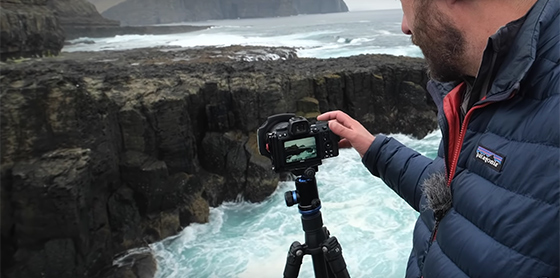
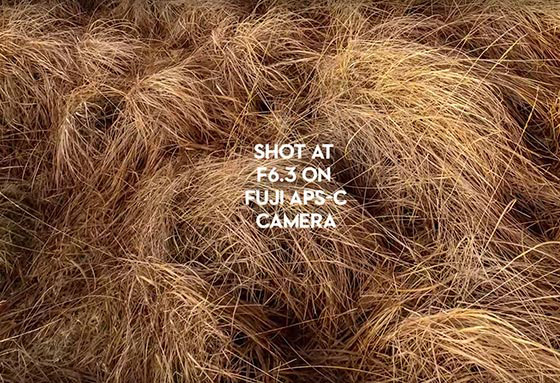
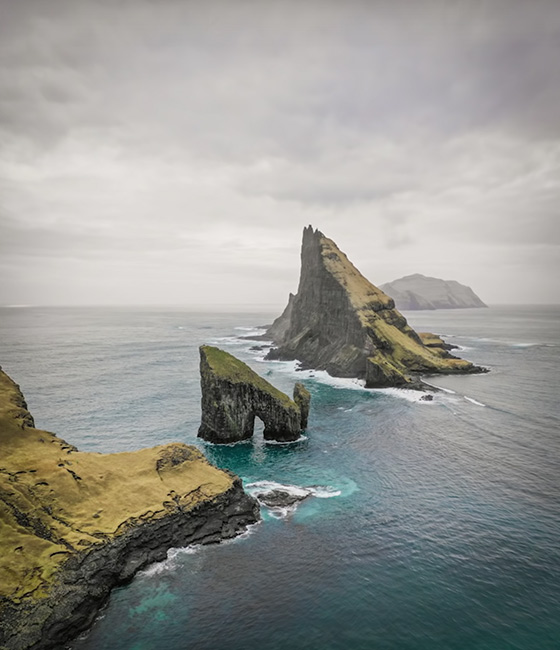

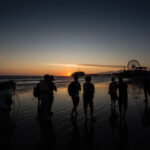


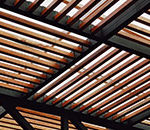
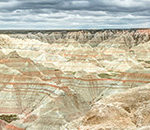
Regarding myths: You need high pixel camera to print photos larger than 8 x 10 inches.